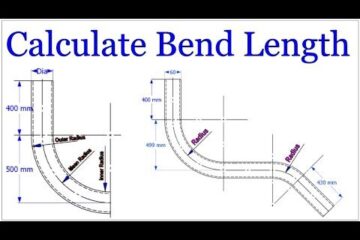The plumbing under-sink leaks are a common problem, and they can be really frustrating. You may have been using the wrong techniques to fix your leaks, and now you’re spending a fortune on replacement parts that don’t work as well as they used to. If you don’t know how to fix plumbing under-sink leaks, you may find yourself in for a long, expensive journey. Here are some tips on how to fix plumbing under-sink leaks in less than an hour.
How to Fix a Plumbing Under Sink.
If your sink does not seem to be draining properly, it may be because of a plumbing under-sink. To fix a plumbing under-sink, you will need to know what to do and how to do it. In order to fix a water leak or drainage problem in your bathroom, you will first need to determine the source of the problem. If the leak is coming from the pipe that supplies water to your bathroom, you will need to replace that pipe. If the leak is coming from the ground level of your bathroom, you will need to repair or fix the flushing and septic systems in your bathroom.
If you are not sure how to fix a plumbing under-sink, then we can help. Our plumbers are skilled at fixing plumbing problems under sinks and can provide You with recommendations for products and services that might help solve your issue.
How to Fix a Fluid Leak
If you notice that liquid is leaking from your faucet or other plumbing device, then you should take it down and clean it as soon as possible so that future leaks cannot occur. If there is water dripping from outside of your home onto equipment such as carpets or flooring, then you should call a professional installer who can clean up any messes made during the installation or replacement of fixtures and equipment used in connection with this type of plumbing work.
You should also clean out any drainage devices located inside or outside of your home – these include toilets, showers, gutters, brooks, etc – before cleaning up any liquid that may have been spilled on them during the Installation or replacement of fixtures and equipment used in connection with this type of plumbing work.”
Once you have cleaned all of the plumbing in your bathroom, you should then check to see if there is still a liquid leak. If there is still liquid leaking from your faucet or other plumbing device, then you should call an installer who can clean up any messes made during installation or replacement of fixtures and equipment used in connection with this type of plumbing work. You should also clean out any drainage devices located inside or outside of your home – these include toilets, showers, gutters, brooks, etc – before cleaning up any liquid that may have been spilled on them during the installation or replacement of fixtures and equipment used in connection with this type of plumbing work.
How to Fix a Kitchen Sink.
If your kitchen sink isn’t draining properly, first check to see if it’s being caused by a clogged pipe. If that’s the case, fix the clog by using a plunger or a pipestem to clear the obstruction. If that doesn’t work, call a plumber for help.
In addition, you can try changing the water filter in your sink and/or adding more water to the faucet to fix the problem.
If you’re still having trouble fixing your kitchen sink, call a qualified plumber for help.
How to Fix a Bathtub.
If you are having trouble fixing a water-damaged bathroomtub, the first thing to do is call a plumber. If the problem is with a specific part of your bathtub, such as the faucet or pump, you may be able to fix it yourself by following these simple steps:
Step 1. Open the faucet that corresponds to the type of bathtub (e.g., shower, tub).
Step 2. Remove any dirt and metaplastic buildup from around the faucet’s parts.
Step 3. Locate and unscrew the old filter if there is one (if not, replace it with a new one).
Step 4. Place the new filter into place and screw it in place using screws from the top of the tank.
Step 5. Turn on your bathtub and wait until it starts filling up with water again (if it doesn’t already).


